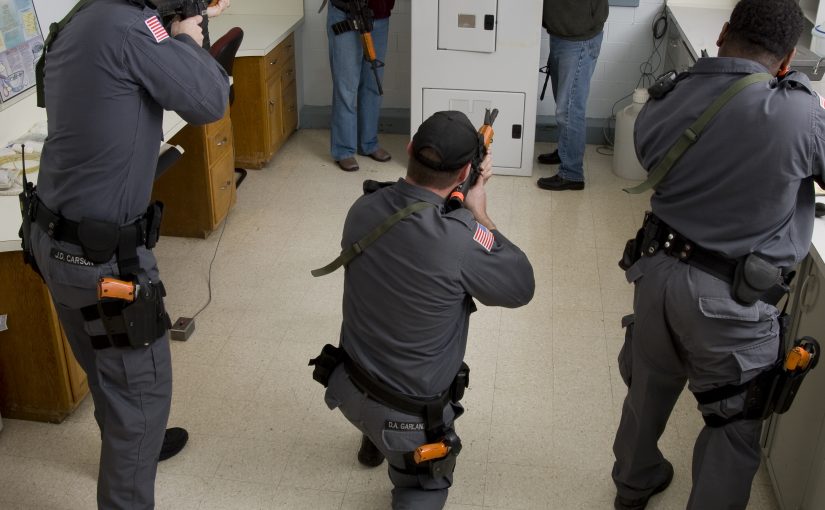
The first modern active shooter incident occurred in Austin, Texas, on August 1, 1966, when Charles Whitman climbed to the top of the University of Texas at Austin clock tower with an arsenal of weapons. Whitman, a former U.S. Marine, used military tactics and training to shoot 46 people over a 96-minute period, wounding 32 and killing 15. His accuracy was tragically refined; at one point, he killed Austin Texas Police Officer Billy Speed by firing through a six-inch gap between the pillars that Officer Speed was using for cover. While this attack is somewhat atypical when compared to more recent active shooter events, it does fit the common definition of an active shooter in that Whitman was an armed individual who had used deadly physical force on others and continued to do so while having unrestricted access to additional victims. Whitman’s preparation and planning wasn’t overly complex or detailed, but his tactic of using height and firepower to his advantage is certainly a well-established tactic for military snipers. Whitman acquired some of the materials necessary to further his plot on the morning of the attack, which could lead one to conclude that his preparations were less detailed than some of the more recent incidents. The clock tower provided a 360-degree range of fire and made it very difficult for police to rapidly terminate the attack. Whitman’s prior military training and lifelong experience with firearms seem to have been adequate to prepare him for this event, and there are few indications that he specifically trained for his assault. Since this incident was essentially the first of its kind, Texas law enforcement had to adapt and develop response tactics on the fly. While it did take over an hour and a half to stop Whitman, it is clear that without the heroic law enforcement intervention that occurred that day, Whitman would have taken more lives.


